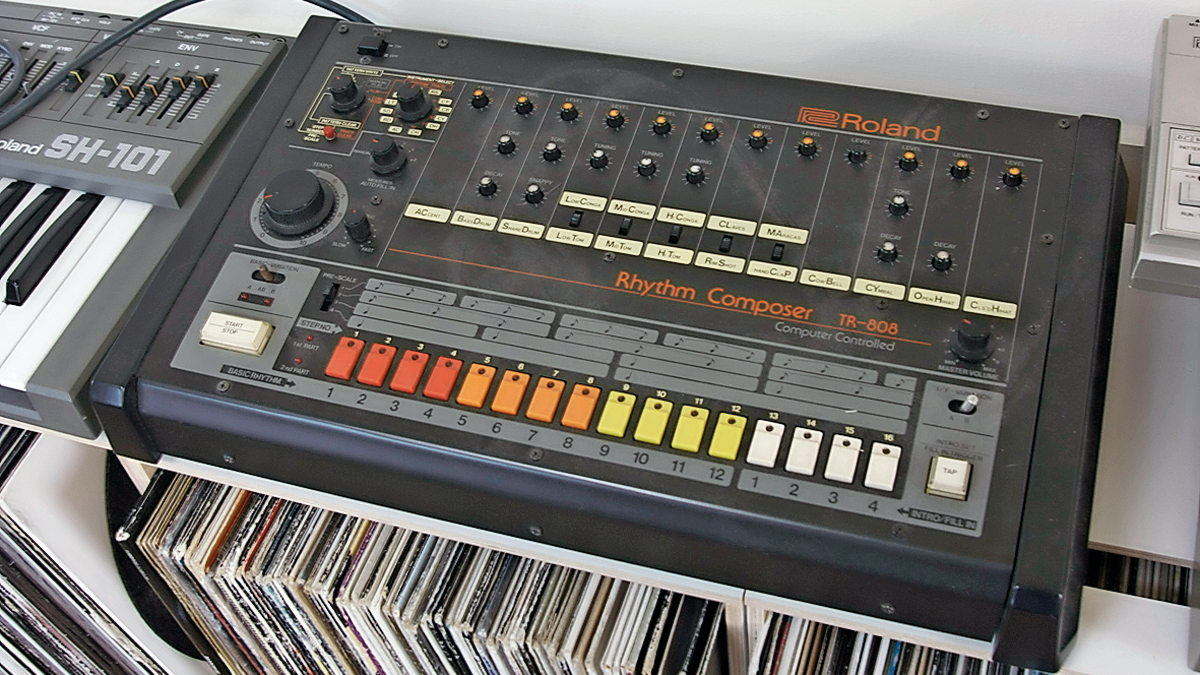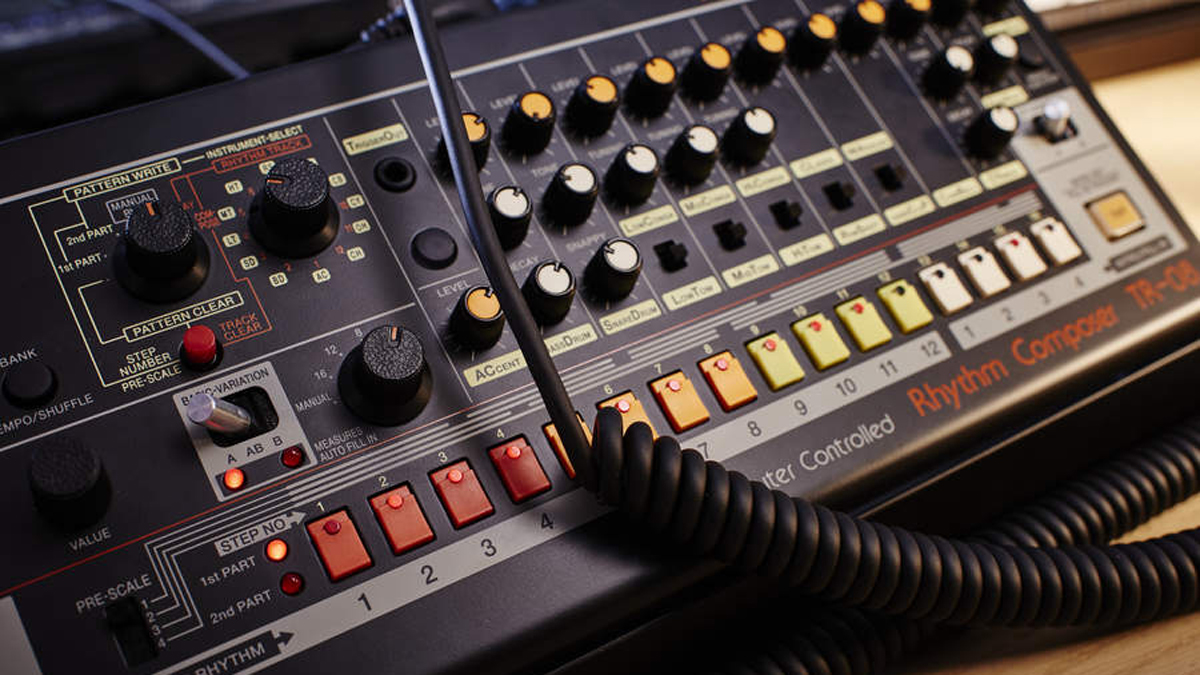What is the 808 kick, and why do we all still love it?
The history of one of the most iconic sounds in electronic music

“Nothing sounds quite like an 808,” declared the Beastie Boys. But why, and how has its sound managed to endure?
The Roland TR-808 was released in 1980 and immediately started making its mark on the way people created music. You can hear the original machine all over' 80s pop, from Marvin Gaye’s Sexual Healing to Afrika Bambaataa’s Planet Rock and Whitney Houston’s I Wanna Dance With Somebody.
- Check out the best drum machines for beginners and pros
- The best samplers for studio or live performance
- Download 378 free 808 drum samples
Over the years, ‘808’ has become shorthand not just for the drum machine, but specifically for its kick drum. To confuse matters further, an 808-style kick doesn’t necessarily have to come from an actual Roland TR-808 (in fact, the same applies to any 808 sound, not just the kick). These days, you’re more likely to hear a software emulation, a modern hardware clone or a sample than an original 808 kick recorded straight from its output jacks.

What made the 808 and 909 kick sounds so distinctive? Roland’s engineering team give us some insight...
What can you tell us about the 808 and 909’s original analogue circuits?
“The TR-808’s kick drum sound is made using a resonating trigger pulse, similar in behaviour to the way that a drum head vibrates when hit. When a drum head is hit multiple times in succession, even using the same force, the way the sound resonates will change depending on the state of vibration from the drum head. The same is true with the TR-808 kick sound. The way it sounds changes by adding trigger pulses in at any given resonant state.
“The TR-909’s kick drum sound, on the other hand, is composed of multiple circuits such as Enveloper, VCO, VCA, etc, like on analogue synthesisers. The initial attack portion of any percussive sound is, of course, very important. In the TR-909, by creating separate circuits for the attack and resonant portions of the sound, we were able to realise the more natural behaviour of a drum.
“It is due to these two design philosophies that the different kick drum sounds were born.”
What were the challenges of recreating the 808 and 909 kicks using ACB?
“As you know, original TR-808 and TR-909 units can sound quite different from one another. No two 808s or 909s will sound exactly the same. So, when developing our Analog Circuit Behavior technology (ACB) for the latest TR series, we recreated what Roland believe to be the ideal TR-808 and TR-909 sounds using a high level of technical knowledge and, of course, the ears of our engineers.”
One of the main reasons is that the 808 was a very limited machine by modern standards. Take a quick look at the control panel of an original unit and you’ll notice that the bass drum circuit offers just three controls: a Level control to adjust the volume, Tone for EQing the sound and the self-explanatory Decay. What’s missing? Any form of pitch or tuning control. That’s a big problem when the kick is as distinctly tuned and melodic as an 808.
In theory, according to the factory service manual, the 808’s kick drum should be tuned to 56Hz with the Decay and Tone controls set to 12 o’clock. That’s effectively an out-of-tune A note (A being 55Hz).
To complicate matters, the pitch isn’t completely consistent, and the tuning is also affected slightly by changes to the Decay and Tone settings. Plus, the imprecise nature of old analogue gear means that no two 808s are likely to be perfectly in tune with each other from one day to the next.
Regular readers will know that tuning the kick drum to fit the key of a track can help to make it sit nicely in an arrangement. Some owners modified their original 808s to add pitch adjustment, but the truth is that many of the ‘808s’ you hear on classic records are actually samples or imitations. Sampling the 808 kick became a common approach very early in the 1980s, with producers realising the potential to tune, filter and process the sound.
Get the MusicRadar Newsletter
Want all the hottest music and gear news, reviews, deals, features and more, direct to your inbox? Sign up here.
Nowadays, we have more options. You can buy sample packs of perfectly tuned 808 kicks, make your own or use a software emulation instead. D16’s excellent Nepheton plugin is a great starting point, offering highly realistic 808 sounds that can be tweaked, automated and processed in real time.
Iconic is a word that’s overused these days, but the 808 kick qualifies. It’s a sound that defined genres in the early '80s, and remains just as relevant to this day.


Computer Music magazine is the world’s best selling publication dedicated solely to making great music with your Mac or PC computer. Each issue it brings its lucky readers the best in cutting-edge tutorials, need-to-know, expert software reviews and even all the tools you actually need to make great music today, courtesy of our legendary CM Plugin Suite.










